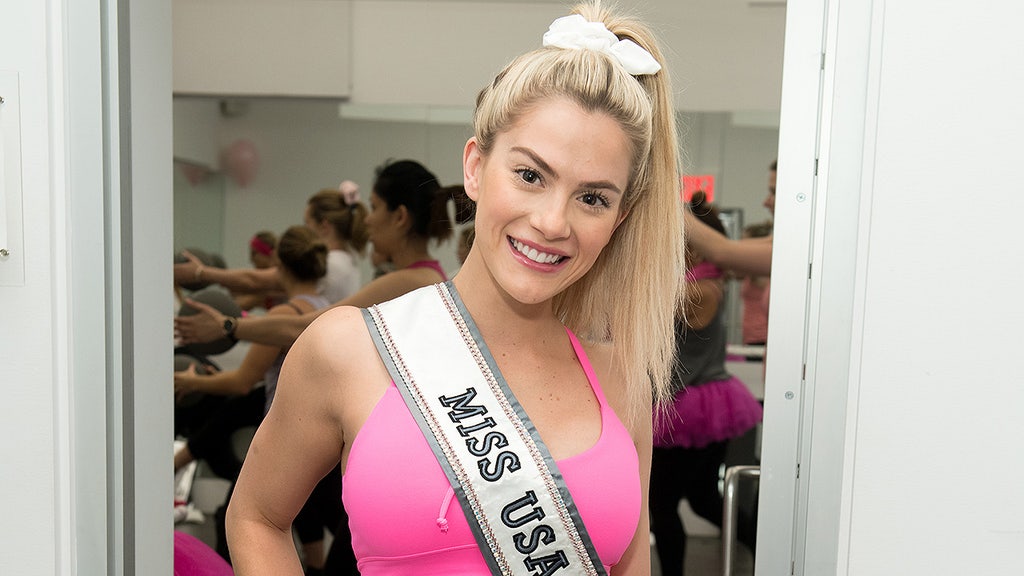WALSH: The Left Attacked A White College Student For Saying He Loves White People. That's Wildly Hypocritical. Here's Why.
by
Matt WalshDecember 13, 2018
Too funny
As The Daily Wire reported today, a Columbia University student was put "under investigation," and has been the target of widespread outrage and vitriol, after he praised white people in a viral video. The video shows the student, Julian von Abele, proclaiming his love for himself and his race. At one point he shouts that white people "invented science and industry."
"We saved billions of people from starvation. We built modern civilization... White people are the best thing ever. I love myself and I love my people," the student declares. "F*** yeah, white people! We're white people. We did everything. I don’t hate other people, I just love myself."
von Abele is heckled by a group of other students, who shout at him, flip the middle finger, and weirdly poke his face and his chest. Despite being accused of "assaulting" minorities, the footage never shows him lay hands on anyone. Instead, the angry hecklers put their hands on him multiple times. He never threatens anyone. He is not harassing or attacking anyone. As far as the video shows, he is merely stating his favorable opinion about his own race. This is enough to get him investigated and denounced by his school and called a racist by multiple news outlets.
In a statement posted to Twitter today, von Abele clarified that he is not racist, does not harbor any animosity towards members of other races, and that his admittedly "theatrical" remarks grew from his frustration at the guilt and shame constantly heaped on white people. This clarification will make no difference, of course. A white man cannot say the things he said without being permanently branded as a horrific bigot.
Now the forbidden question: what's actually wrong with what he said? I know what's "wrong" by the current standard and way of thinking, but what's actually, objectively wrong with the content of his rant?
He gives white people credit for "inventing science and industry." This is obviously hyperbole. Just like "white people are the best thing ever" is obviously hyperbole. People often describes things as "the best ever" not meaning it to be interpreted as a literal statement. Last week I had several slices of a delicious deep dish pizza and later described it as "the best thing ever." I realize, of course, that pizza is not literally the best thing. It is only the 5th or 6th best thing out of all the things in existence.
If we can see past the hyperbole, which he admits was hyperbole, there is nothing factually or morally wrong with his comments. White people may not have invented the concept of science or industry, but the fathers of modern science and modern industry are certainly predominately white. White people did not build modern civilization alone, but statistically speaking, they were its predominant builders. White people may not be the best thing ever, but they have often been a very good force in the world. Just as with every race, white people have done some great things and some terrible things. But they have indeed done some great things. That's inarguable.
If von Abele was a member of any other race, and he had been caught on video making the exact same theatrical statements about himself and "his people," there would be no outrage at all. Scratch that: there would be outrage at the people harassing him for expressing his pride. We all know this is the case. It cannot be denied. There is no chance that a person with darker skin would ever be attacked for saying the things von Abele said. This is the double standard we are all supposed to simply accept. But people get tired of double standards after a while. Especially when the double standard demands that a whole race of people express nothing but shame for themselves and their ancestors as all other races of people express nothing but pride in themselves and their ancestors.
White supremacy is a stupid, depraved, ugly thing. White guilt, though, is not the appropriate antidote. You will never cure racism with guilt and resentment. You only breed more of it. So, if we were really serious about fighting it, we would recognize either that racial solidarity is garbage all around, or we would leave people like von Abele alone.








